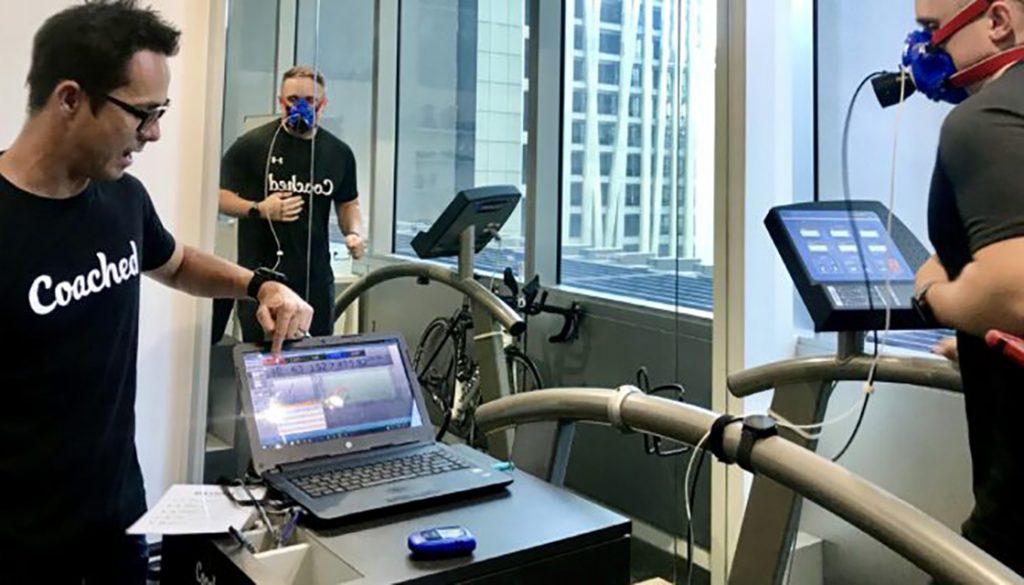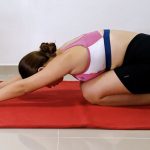How is pushing your body’s limitation?
It’s hard to not notice these formula look-alike words when you start reading up training for running, cycling and etc. What is really VO2Max and how does it improve what you are lacking in your training? It contains so many questions and so many scientific jargons. But, first of all, let us understand what VO2Max is all about.
What is VO2 Max?
VO2Max is a measure of the maximum rate from which an athlete’s body ability to consume oxygen when going through a specific activity, adjusted for body weight usually for sports.
The faster you run, the harder you breathe. Also, the longer you run, the harder you breathe. And if you sustain a fast running speed long enough, you will eventually find yourself breathing as hard as you can. Exercise scientists have a special term for breathing as hard as you can and that is how the VO2Max came to be.

Running at this really high-intensity level is rather excruciating. However, if you do it right, it is extremely beneficial in the long run. In fact, minute for minute, VO2Max training boosts running fitness more than any other type of run training.
In running, it is usually determined through a procedure known as an incremental exercise test, in which the athlete breathes into a tube that collects and measures exhaled gases while running on a treadmill whose belt speed and/or gradient is increased incrementally until the athlete reaches exhaustion. The maximum rate of oxygen consumption recorded in this test is the runner’s current VO2Max.
A high VO2 Max is important because it is closely correlated with distance-running performance.
There are TWO major factors that contribute to a high VO2Max.
STRONG OXYGEN TRANSPORT SYSTEM which includes a powerful heart, hemoglobin-packed blood, high blood volume, high capillary density in the muscles, and high mitochondrial density within the muscle cells.
SPEED or the capacity to contract a large number of muscle fibers simultaneously, as the more muscle tissue is active at any given moment, the more oxygen the muscles demand.
Both of these physiological factors are determined largely by genetic makeup but are also affected by training. And it happens that the type of training that appears to be most effective in increasing VO2Max is training at an intensity level that elicits VO2Max, or, in other words, at an intensity level that has you breathing as hard as you can.
There is actually no single intensity that can obtain or generate VO2 Max accurately; instead, there is a range of intensities that will do the job. This is due to oxygen consumption tends to scale at any given intensity as it is sustained. Hence there is more than one way to hit 100 percent VO2 Max in training or even during testing.
The quickest way to elicit VO2 Max is to run for about six minutes at the fastest pace you can sustain for that duration. However, this is not the best way to go about VO2max training, because you’re exhausted after that six-minute effort. It is better to do several shorter efforts at the same or a slightly higher intensity separated by recovery periods, as this enables the athlete to spend more total time at 100-percent VO2 Max before reaching exhaustion. Another option is to reduce the intensity a bit and perform several longer intervals to maximize their lungs capacity.




